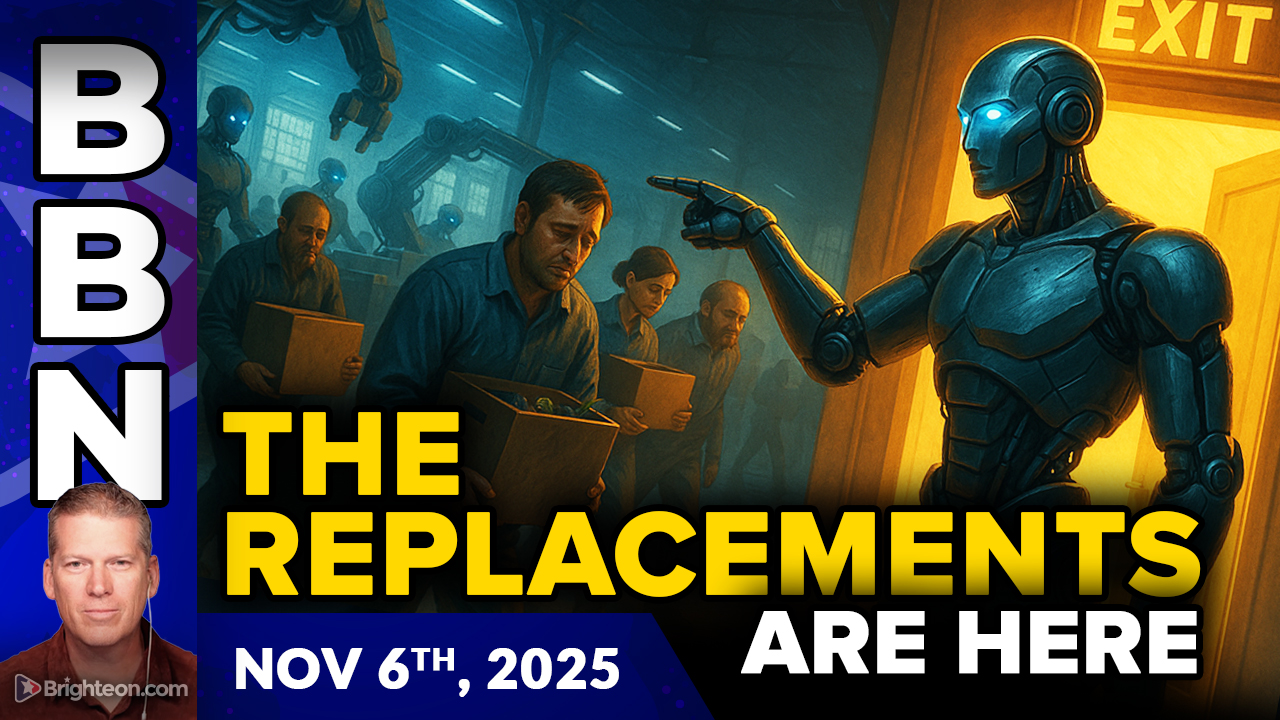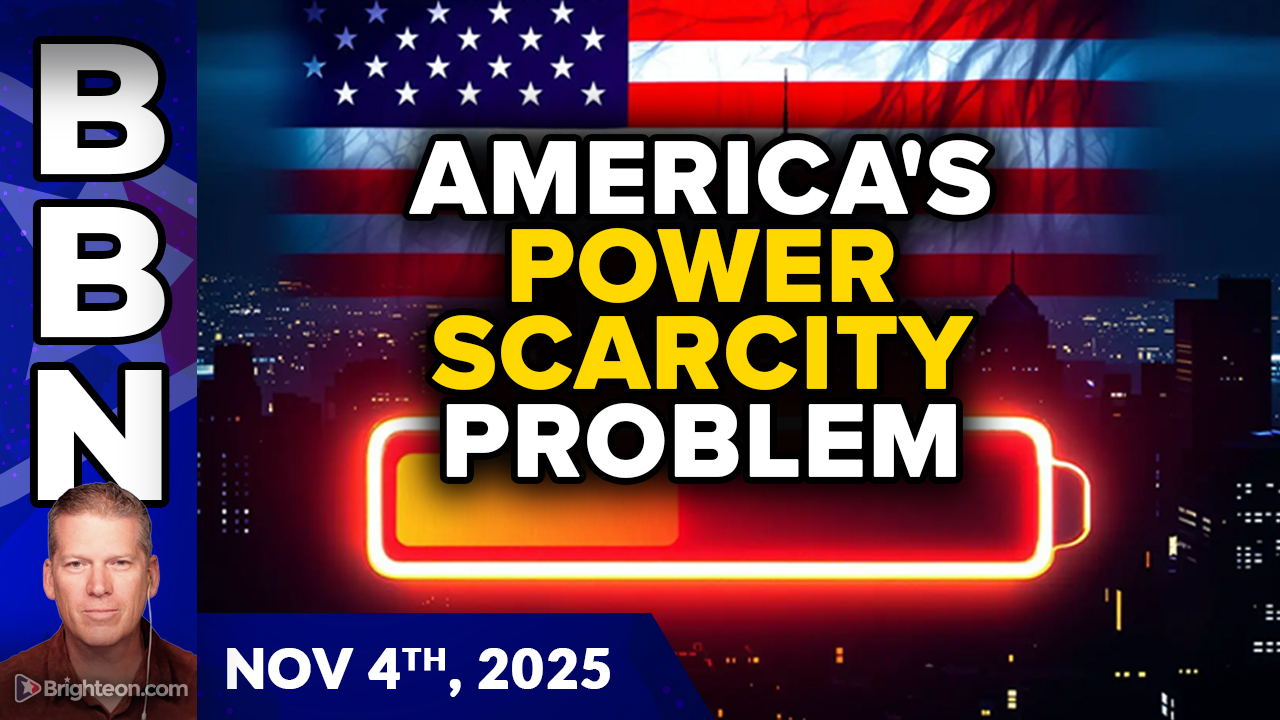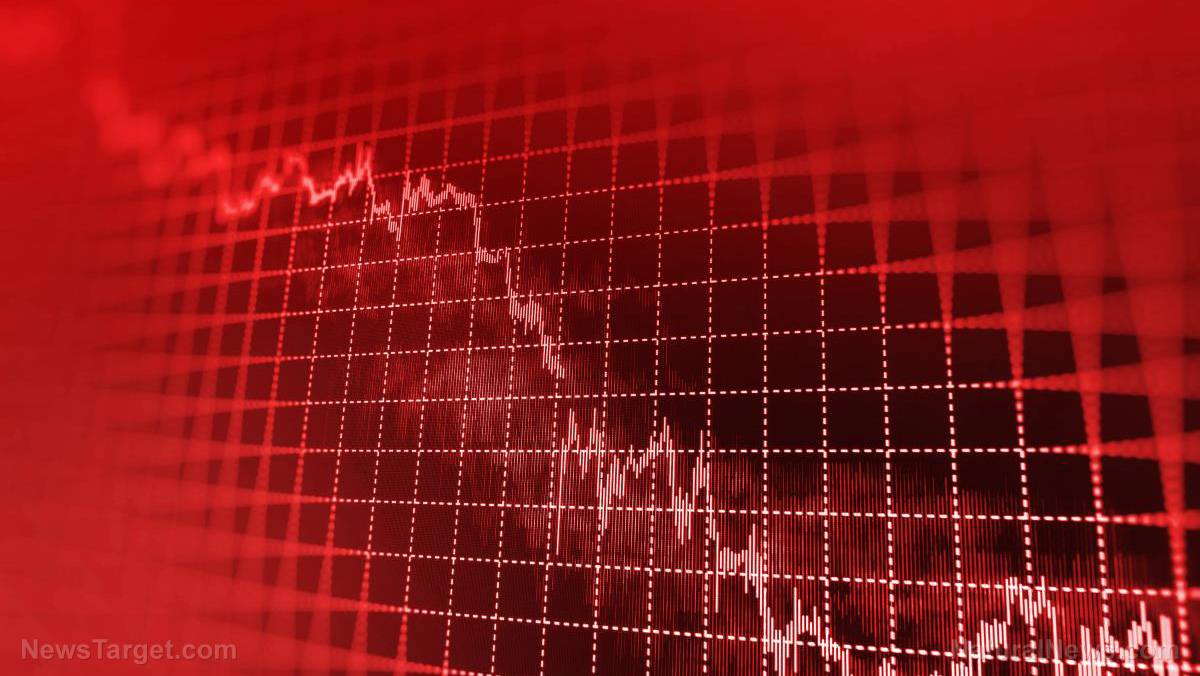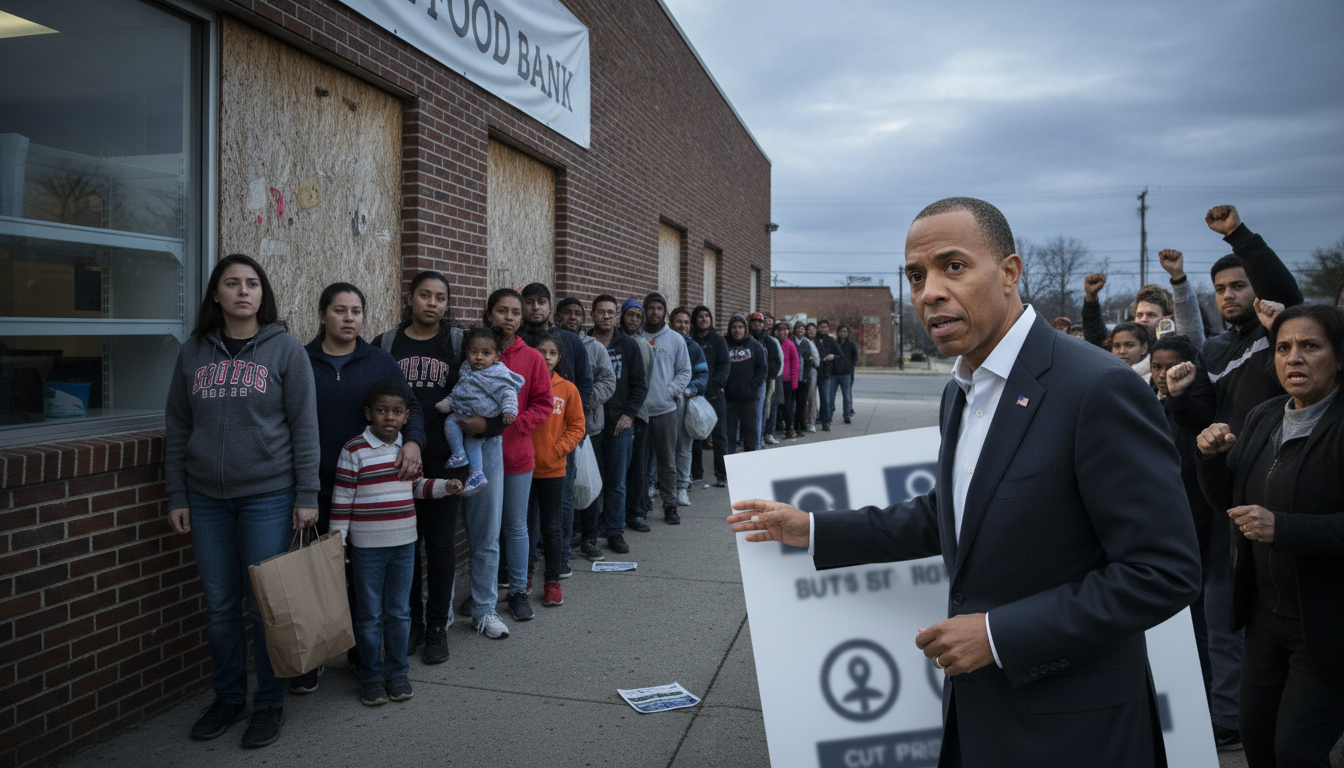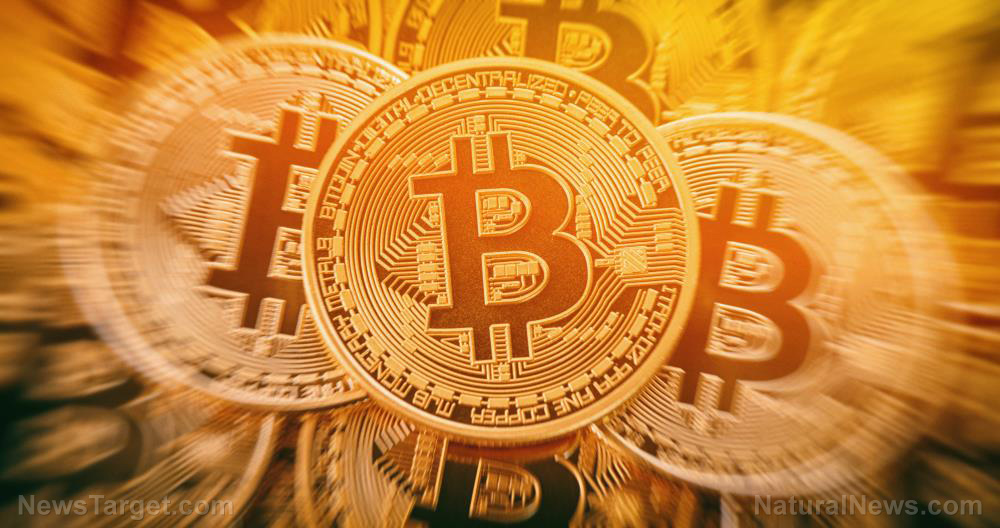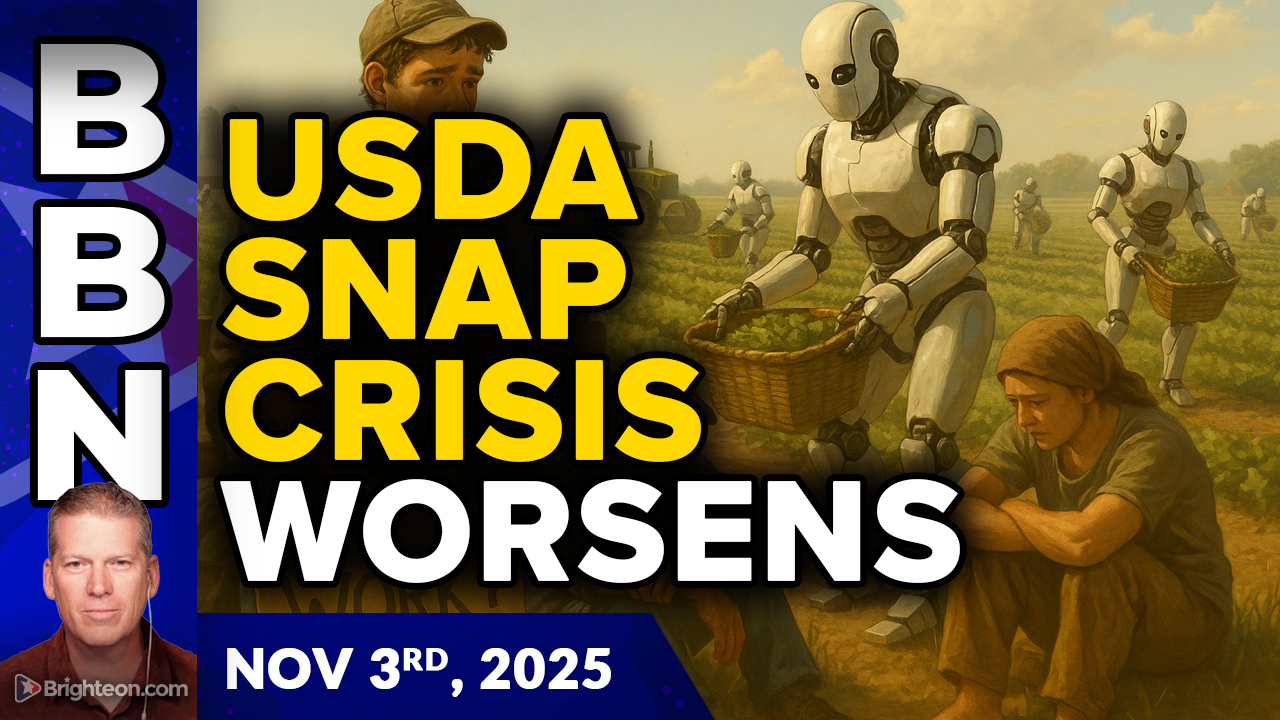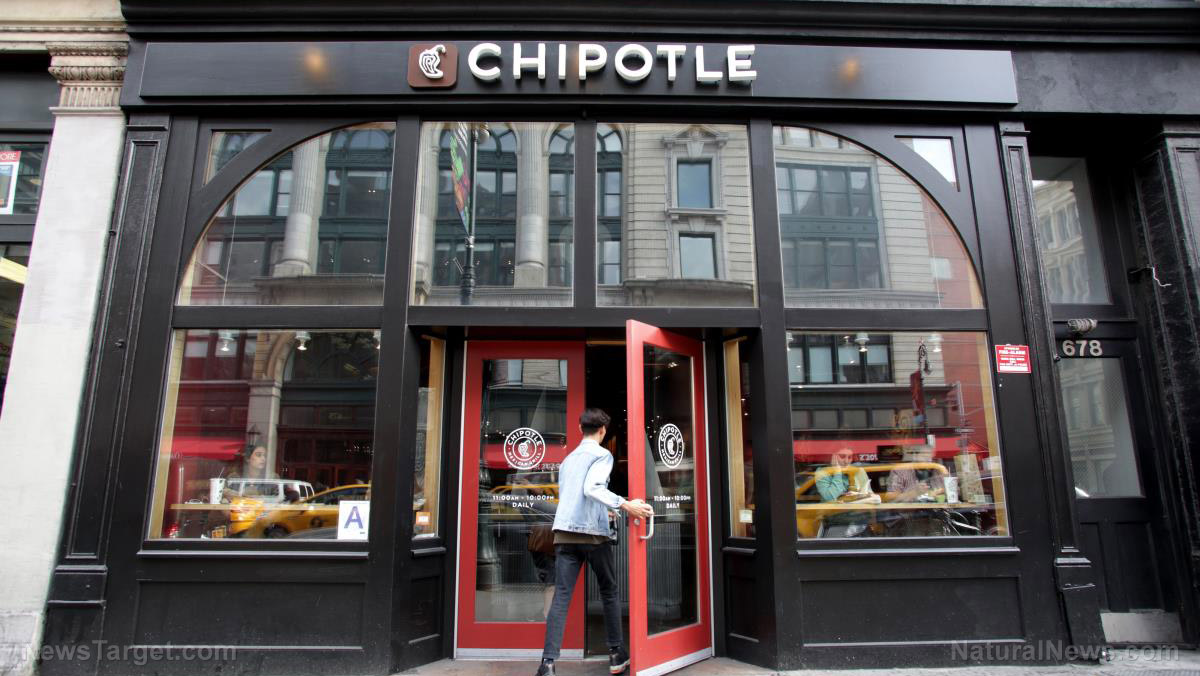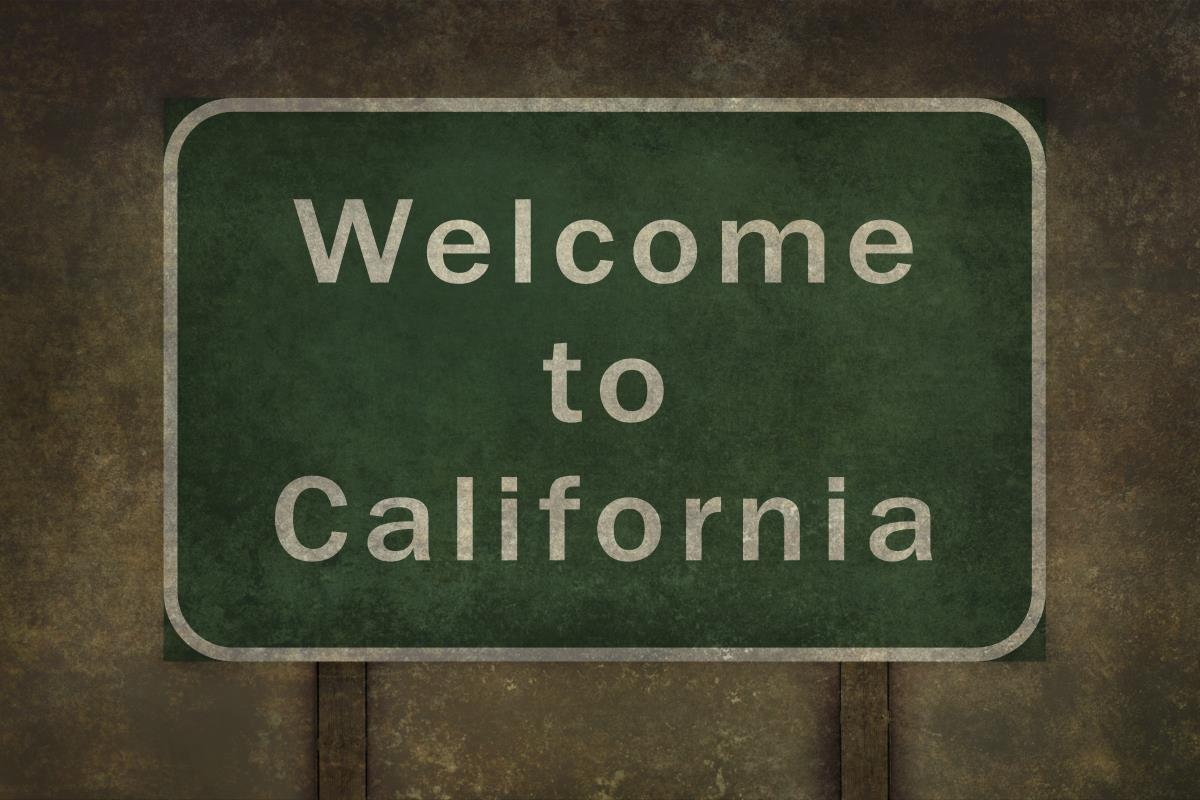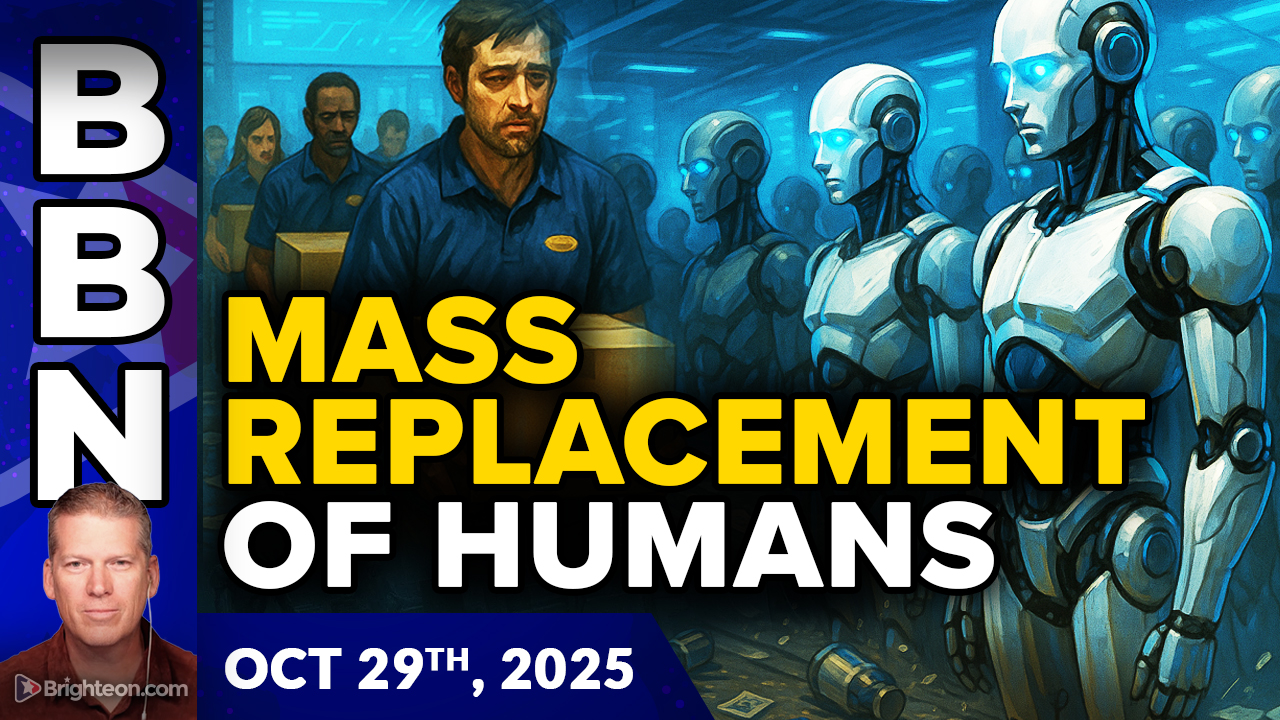Trump economy in free-fall, with American households now facing record $18.59 trillion in debt
11/06/2025 / By Lance D Johnson
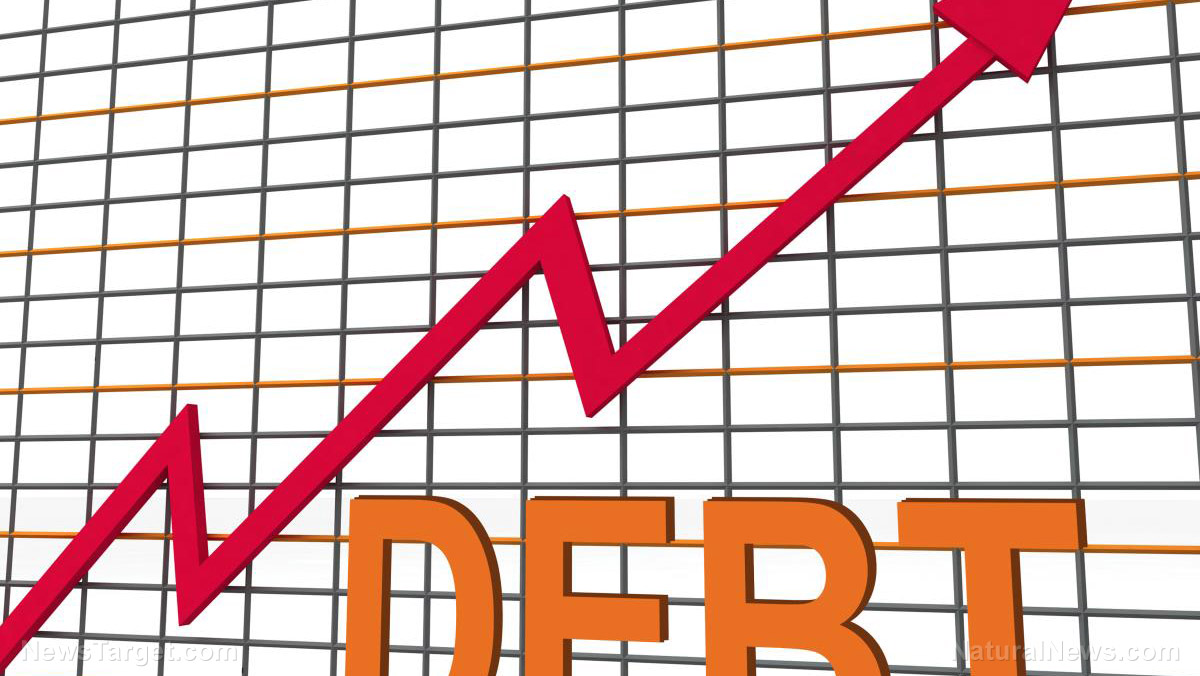
- Total U.S. household debt has climbed to a record $18.59 trillion, a $197 billion increase in just one quarter.
- Credit card delinquency rates have exploded to 12.41%, the highest level since 2011, signaling severe consumer distress.
- Student loan defaults are surging, with 9.4% of the $1.65 trillion debt now 90+ days delinquent, as pandemic-era reporting pauses end.
- Consumer bankruptcies have jumped to 141,600, the highest number since the 2020 economic crash.
- Despite the turmoil, mortgage originations increased, adding $512 billion in new debt to the system.
A mountain of debt with no peak in sight
The numbers themselves are so vast they become almost abstract, but their impact is felt in every grocery store line and at every gas pump. The $18.59 trillion debt load is a heavy chain around the neck of the American populace, a figure so colossal it defies genuine comprehension. To put it in perspective, this debt is split between a colossal $13.5 trillion in housing debt and another $5.1 trillion in non-housing obligations.
This relentless accumulation is a deliberate outcome of a financial system that profits from perpetual indebtedness. The Fed’s own advisor, Donghoon Lee, states that “household debt balances are growing at a moderate pace,” but this clinical language masks a terrifying reality. What he calls “moderate pace” is a avalanche of new debt that is burying the financial future of millions of families. Where does it end? The system is designed for it not to end, but to expand infinitely until the weight causes a catastrophic collapse.
The ticking time bombs of credit cards and student loans
While the housing market shows a deceptively calm facade with low mortgage delinquency rates, other sectors are screaming a warning. Credit card balances have ballooned to $1.23 trillion, and the delinquency rate tells the true story of hardship. At 12.41%, it is clear that a growing number of Americans are simply unable to keep up with their basic payments. This is not a story of frivolous spending, but one of desperation, where credit cards become a lifeline for families struggling to cover essential needs in an era of rampant inflation.
The situation with student loans, however, is even more dire. For years, the true damage was hidden by a government-imposed pause on delinquency reporting. That veil has now been lifted, and the result is a default explosion. Missed payments from the period between the second quarter of 2020 and the end of 2024 are now flooding credit reports, causing the serious delinquency rate to surge. Perhaps the most shocking detail is that over 20% of all student debt held by Americans aged 50 and over is effectively in default. These are not young graduates just starting out; they are individuals approaching retirement whose financial security is being obliterated. This is a generational theft, a promise of education and opportunity that has transformed into a life-altering anchor.
A system built on sand, not stone
The official narrative from institutions like the New York Fed is one of resilience and stability. They point to “ample home equity and tight underwriting standards” as reasons for optimism. But this is a fragile castle built on the sands of ever-increasing debt. The fact that mortgage originations are ticking upward again, with $512 billion newly originated in a single quarter, shows that the machine must keep feeding itself.
It is creating new debt to sustain the illusion of a functioning market. Meanwhile, the foundations are cracking. Consumer bankruptcies have hit their highest level since the COVID crash, a clear indicator that the people at the heart of this economy are breaking. The combination of skyrocketing credit card delinquencies, exploding student loan defaults, and rising bankruptcies paints a picture of an economy that is fundamentally unsound.
The American consumer, the legendary engine of the global economy, is running out of fuel and falling deeply into a hole from which escape seems impossible. The question is no longer if a resolution will come, but what form it will take. Will it be a wave of unprecedented defaults that shatters the banking system, or a hyper-inflationary spiral engineered to wipe out the debt’s value, simultaneously destroying the savings of the prudent?
This news is not an indictment on the Trump economy, for the administration inherited a mess and has only been in office for not even one year; however, Trump and the Republicans should not be boasting about economic success until the numbers actually tell a different story, and Americans actually find reprieve.
Sources include:
Submit a correction >>
Tagged Under:
auto loans, banking system, chaos, Collapse, consumer bankruptcy, credit cards, credit delinquency, debt bomb, debt collapse, debt crisis, debt trap, dollar demise, economic collapse, economic update, economy, Federal Reserve, financial freedom, financial health, global economy, government debt, HELOC, household debt, Inflation, loan default, money supply, mortgage debt, panic, pensions, personal finance, risk, student loans
This article may contain statements that reflect the opinion of the author
RECENT NEWS & ARTICLES
COPYRIGHT © 2017 PENSIONS.NEWS
All content posted on this site is protected under Free Speech. Pensions.news is not responsible for content written by contributing authors. The information on this site is provided for educational and entertainment purposes only. It is not intended as a substitute for professional advice of any kind. Pensions.news assumes no responsibility for the use or misuse of this material. All trademarks, registered trademarks and service marks mentioned on this site are the property of their respective owners.

